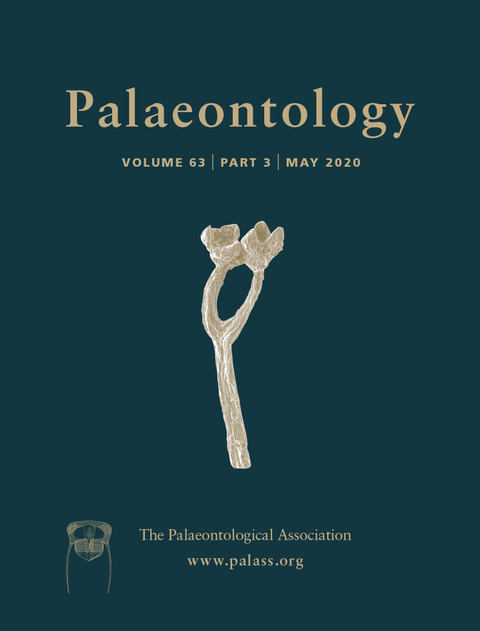Reg. Charity No. 1168330

Shell decollation is a growth strategy that has been adopted by a number of invertebrate taxa to offset the metabolic and ecological disadvantages of shell growth. However, little is known about the origin and evolution of this process. We here describe well‐preserved specimens of the hyolith Cupitheca decollata sp. nov. preserving the decollation process, from the early Cambrian Yu'anshan Formation (c. 518 Ma) of South China. Based on a large number of specimens collectively representing different developmental stages, we use high‐resolution X‐ray microtomography and scanning electronic microscopy to reconstruct the process of decollation in this taxon. Cupitheca is among the earliest known small shelly fossils, and thus our discovery confirms that periodic decollation had evolved by the onset of the Cambrian explosion, reflecting the high intensity of the predator–prey arms race in early Cambrian ecosystems. A comparison between the decollation processes of Cupitheca and other shelly invertebrates suggests that periodic decollation and the associated molecular mechanisms of calcium dissolution, uptake, allocation and deposition may have had multiple independent origins.